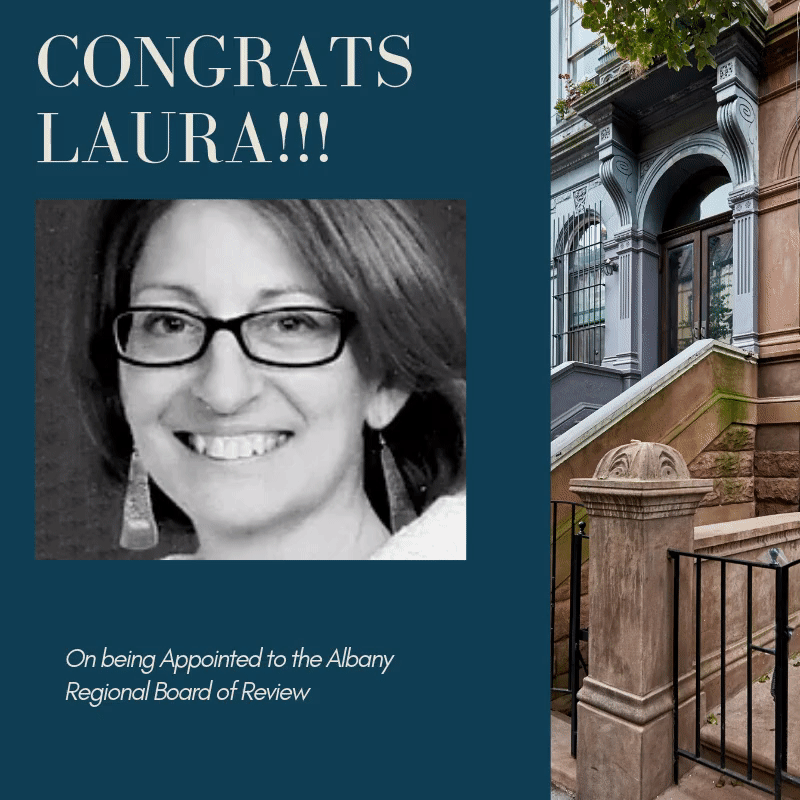41 Cross Street - The Wick

Hudson, New York
Redburn Development on May 21 formally inaugurated The Wick, a 55-room boutique hotel housed in a 19th century candle factory whose history is closely associated with the industrial heritage of Hudson. The ribbon-cutting underscored the importance of historic tax credits in facilitating the re-use of historic buildings.
TAP, Inc. in 2015 researched the history of the 41 Cross Street property, in fact a complex of three buildings spanning a century beginning in 1861. Establishing a property’s historic significance is part of the tax-credit application. The work also sets the stage for The Wick to be nominated to the National Register of Historic Places. TAP in 2015 also assisted Redburn in securing tax credits for the re-use of Troy’s former School 1, which now holds 28 apartments, and for the conversion of the former Tilley Ladders factory into Tilley Lofts, now 62 apartments in Watervliet.
The $8 million development of The Wick realized $4.8 million in New York State and federal tax credits worth 40 percent of eligible rehabilitation costs. Empire State Development also contributed a $1.5 million grant. Redburn principal Tom Rossi at the May 20 ribbon-cutting described the tax-credit program as vital to establishing the hotel, operated by Marriott Tribute Portfolio.
The rehabilitation transformed the complex into a sleek hotel while at the same time retaining elements of the original mill, including post and beam construction, and, in the case of the 1961 addition, re-introduction of metal factory style windows that also contribute to the property’s sense of place. In view is Mount Merino, famously painted by Hudson River School artists in the 19th century.
Rossi said re-using the historic building and equipping it with a state-of-art power plant – it generates electricity on site and has a waste heat recovery system – support Redburn’s commitment to environmental sustainability.
The Wick, first known as South Bay Mill, was built by the Gale & Hover Soap and Candle Manufactory in 1861, when Hudson was transitioning from a deep-water port for whaling and harbor trade to a small city with a wide variety of industry. That Gale & Hover made candles from refined animal fat and not superior whale oil indicates that the whaling industry had vanished, along with the South Bay, gradually filled in with the arrival of rail. After about 1867, the mill served as a wool and tobacco warehouse, then housed small industries, such as a pants manufacturer and a bedspring factory.
Ultimately, entrepreneur Max Katzman bought the property and started Rual Manufacturing, which made vaporizers credited with saving thousands of lives. Katzman, who built the 1961 concrete-block expansion, was a major Hudson employer until the plant closed in 2008. The Stageworks theater company was the last tenant.

Redburn Principal Tom Rossi addresses the audience at the May 21 ribbon cutting.

The Wick’s bar, fitted among the original wood beams and columns.

The reception desk

The May 21 ribbon cutting

A guest room

An elaborate mural by artist Andrew Kaminski

The view of Mount Merino, painted by virtually every Hudson River School artist

A 2015 photograph of the South Bay Mill before the rehabilitation and reuse

















